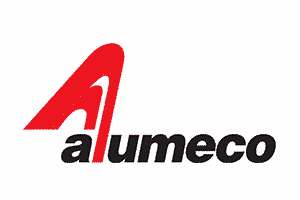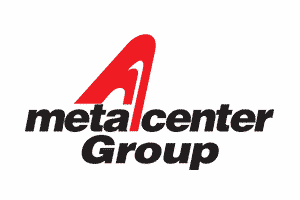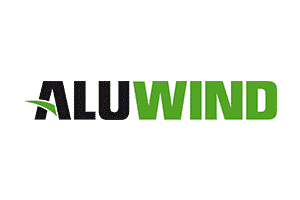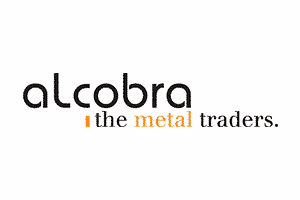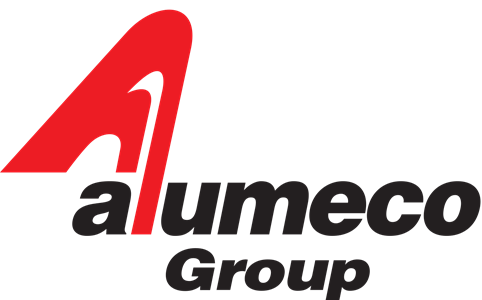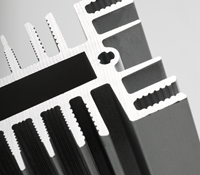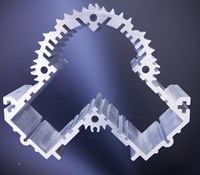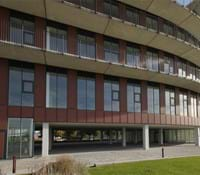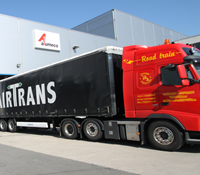Aluminium in the food industry

When aluminium is used in the food industry, there are rules as to what the content of each aluminium alloy must be for food industry applications.
On this page you will therefore find a list of the maximum tolerances laid down in connection with the use of aluminium in the food industry. Our declaration of compliance in relation to these tolerances is available to download there too. The tolerances are specified according to EN 602:2007.
Maximum possible content of elements in aluminium alloys
The following table states the maximum content of various elements in aluminium alloys used in the food industry:
| Element | max. content %(by mass) |
| Silicon | 13,5 |
| Iron | 2 |
| Copper | 0,6 |
| Manganese | 4 |
| Magnesium | 11 |
| Chromium | 0,35 |
| Nickel | 3 |
| Zinc | 0,25 |
| Zirconium | 0,3 |
| Titanium | 0,3 |
| other elements | 0,05 each |
| 0,15 total |
The following alloys can, among other things, be used in the food industry:
Plates: 1050, 3003, 5005, 5754 og 5083
Profiles: 6060, 6063, 6005 and 6082
Nevertheless, it should be mentioned that most alloys can be used in the food industry provided that the aluminium has been surface treated according to the purpose in question.
